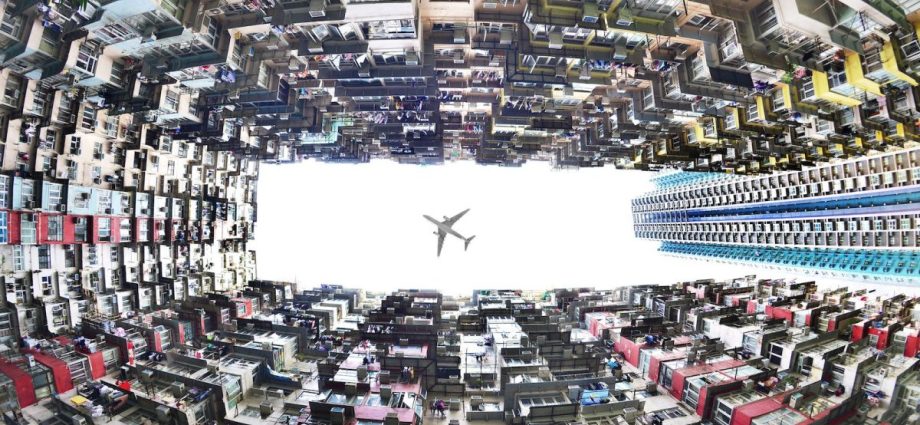Iranian voters head to the polls on March 1 to elect the country’s next parliament and the powerful Assembly of Experts. The result is likely to be a foregone conclusion, given the tight control that the Islamic Republic holds over who can run for office. But the way the election plays out – and its significance – may be different from normal.
Every four years the public gets to vote for the 290 members of the Iranian parliament (also known as the Islamic Consultative Assembly). The parliament is the legislature of the country, and its members are responsible for drafting legislation, approving the annual budget and any international treaties or agreements. It is not responsible for foreign or nuclear policy.
At the same time, elections are being held for the Assembly of Experts, which serves an eight-year term and is imbued under the Iranian constitution to monitor, dismiss and elect the supreme leader.
Despite Iranians being able to vote, there are a number of limitations to the democratic process in Iran. Most notably, all candidates are vetted by the Guardian Council – an unelected body – hence removing a significant element of choice.
Of the 49,000 people who registered to run for parliament this year, 14,200 applicants were approved. This has involved the disqualification of many reformist and centrist conservatives and has left mainly right-wing conservatives vying for posts.
In fact, only 30 reformists have been approved to run for office, leaving them to claim that the elections are “meaningless, non-competitive, unfair, and ineffective in the administration of the country”.
In the Assembly of Experts, 144 candidates have been approved to run for the 88 seats. But the centrist and reformist former president Hassan Rouhani has been banned from seeking re-election. This has further cemented the Assembly of Experts as a stronghold of conservatives and ultra-conservatives.
The names of the final candidates were also released very late – just two weeks before the election. This has allowed little time for campaigning or, more importantly, for the public to get to know who they are supposed to be voting for.
It’s different this time around
There are three important points to note about this election. First, this is the first election since the death of Mahsa Amini. Amini died in police custody in September 2022, at the age of 26, after being arrested by Iran’s morality police for violating the country’s strict Islamic dress code.
Her death led to widespread protests across Iran which were met with a brutal crackdown. And while these “woman, life, freedom” protests, may have largely died down after 18 months, they continue via online activism and civil disobedience.
Therefore, this election is likely to see some response from these events, with women and young people wanting to continue the protest through the ballot box.
Second, there is expected to be a low turnout. Voting turnout has been on the decline in Iranian elections for some time, but increasing dissatisfaction with the voting choice, combined with apathy and frustration over the lack of change in the country means that many voters are planning to stay away from the ballot box.
A recent poll suggested that national turnout is likely to be at 35% and only 18% in the capital, Tehran. By comparison, the turnout in 2020 was 42.5% – but this was the lowest it had been since 1979 and was during a global pandemic.
Succession question
A low turnout could be problematic for the political leadership, who rely on elections to provide a veil of legitimacy over their regime. As a result, Iran’s supreme leader, Ayatollah Ali Khamenei, has started a dual pronged campaign of encouraging citizens to vote and blaming the west if they don’t.
Last month he tweeted: “Elections are the main pillar of the Islamic Republic, and they are the way to improve the country. For those who are seeking to solve the problems, the way to do this is the elections.”
He also attended a meeting with people from the East Azerbaijan province and used the opportunity to emphasise that it was the intention of what he called the “arrogant powers” and the US to encourage people to boycott the elections.
The third point is that the elections are likely to have a greater significance for the future of Islamic Republic than normal. Khamenei is currently 84 years old, so the election of the next supreme leader is likely to happen within the next eight-year term of the Assembly of Experts.
This is why it is thought that the Guardian Council has been so restrictive when it has come to this year’s candidate selection for the Assembly – because this election could secure Iranian succession.
The first results could emerge within 24 hours, although the full tally – and what it means for Iran’s future – may not be clear for some days.
Louise Kettle is an assistant professor of international relations at the University of Nottingham
This article is republished from The Conversation under a Creative Commons license. Read the original article.

